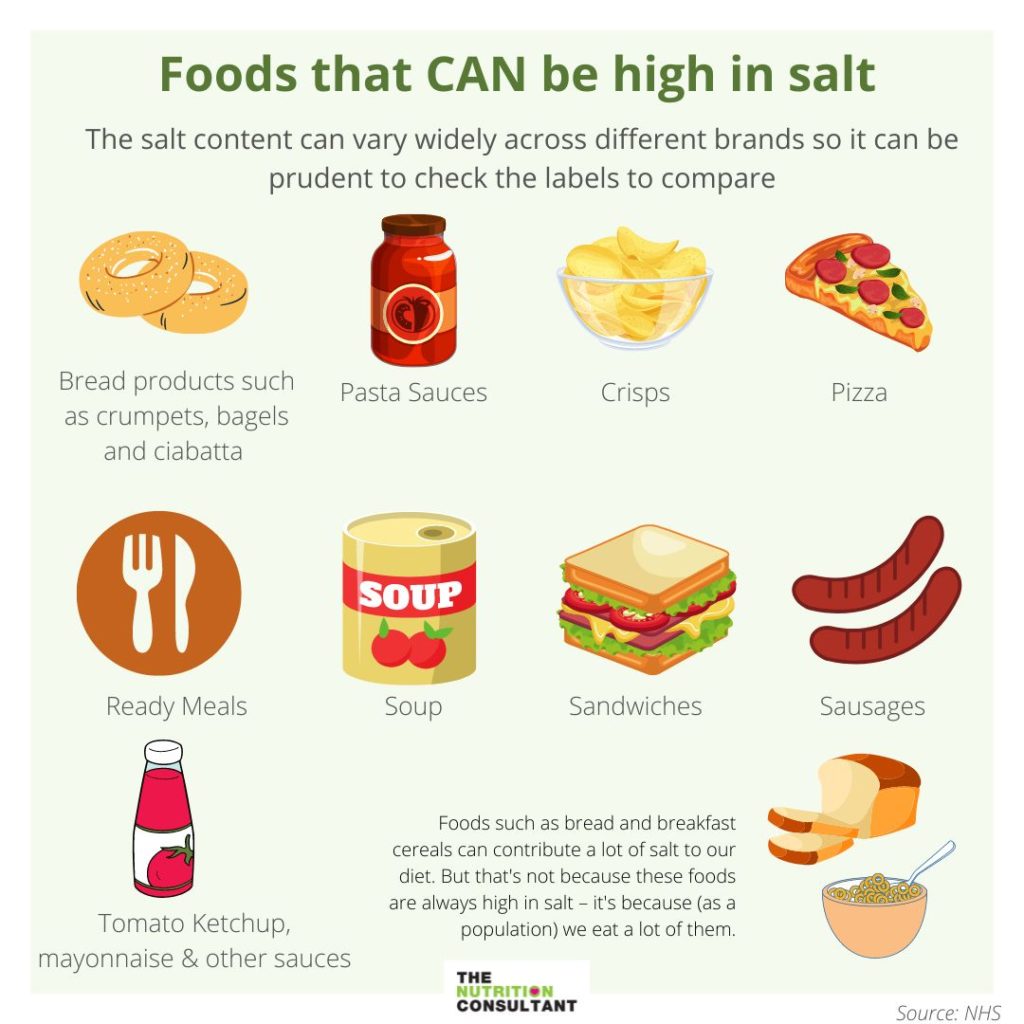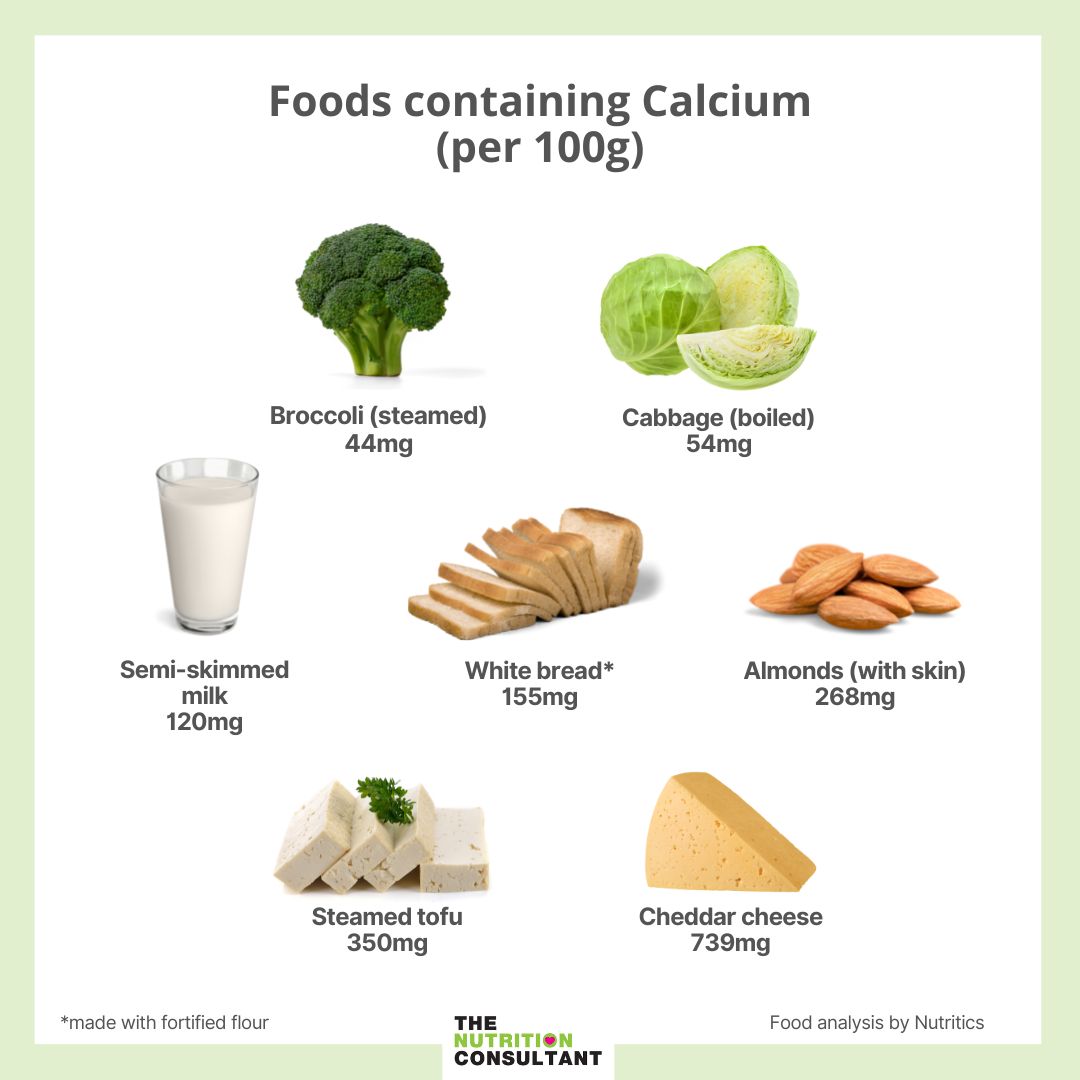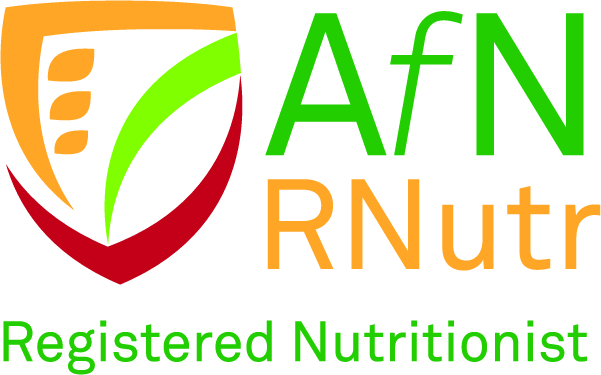Eating well during menopause
Menopause is an overwhelming and confusing time for many women. In fact, one of my most common questions on Instagram is: “How do I eat well during menopause?”
Shockingly, even though 50% of the population is guaranteed to go through it, menopause remains a vastly understudied area in science and nutrition. This uncertainty has left many women in the dark about the impact menopause has on their health, as well as how they can best support themselves during this time.
If you are currently going through menopause, I completely understand how tempting it is to try the fad diets and supplements promoted on social media, however, a lot of these approaches are not evidence-based and could be doing more harm than good.
The good news is that there are lifestyle changes you can make today, that are supported by research, to improve your health and wellbeing during menopause – which I’ll be sharing with you in this blog.
Menopause definitions
The National Institute for Health and Care Excellence define menopause as:
‘Menopause is a biological stage in a woman’s life when she is no longer fertile and is marked by the cessation of menstruation. A woman is defined as postmenopausal from 1 year after her last period.’
Perimenopause is the transitional period before menopause which is characterised by irregular periods and a decline in the hormone oestrogen. Many women experience symptoms such as:
- Hot flushes
- Mood swings
- Sleep disturbance
- Brain fog
- Headaches and migraines
- Heart palpitations
- Changes in body weight (and shape)
Nutrition for menopause
Reducing the risk of cardiovascular disease
During menopause, women experience biological changes (such as changes in body composition and blood sugar regulation) that can increase the risk of cardiovascular diseases. This might sound scary, but the good news is that changing your diet can help reduce your risk of cardiovascular diseases.
My 4 top tips for a heart-healthy diet:
1. Switch saturated fats for unsaturated fats
Saturated fats are a type of fat many of us need to reduce in our diet, as too much has been linked to an increase in the risk of heart conditions.
These can be found in foods such as cakes, crisps, chocolate, dairy, red meat and coconut oil.
Generally, we want to be replacing some of these saturated fats in our diet with unsaturated fats, as these can help lower the levels of LDL ‘bad’ cholesterol whilst maintaining the ‘good’ HDL cholesterol (which is beneficial for heart health).
This is not about avoiding saturated fat but being mindful that most of our fat should come from unsaturated fats.
Here are a few ways you can reduce saturated fat in your diet:
- Use unsaturated oils and spreads in cooking (such as vegetable oils and olive oils)
- Choose leaner cuts of meat and trim fat off where possible
- Opt for foods that are sources of unsaturated fat like almonds, avocado and oily fish
- Have some meat-free days or reduce the amount of meat in your meals
- Read nutrition information and use the traffic light colours to make healthier choices (learn more about food labelling here)
- Use smaller portions of saturated fats in your cooking (such as butter and coconut oil)
- Have foods higher in saturated fat in moderation (like cakes, crisps and chocolate)
2. Eat plenty of fibre
In the UK, we aren’t including enough fibre-rich foods in our diet. Adults are recommended to consume 30g of fibre a day, but it’s estimated that we only consume 18g a day.
Eating a high-fibre diet can reduce the risk of health conditions such as heart disease, stroke, bowel cancer and type 2 diabetes, and has also been associated with improving weight management.
Fibrous food also keeps us fuller for longer, aids healthy bowel movements and feeds our friendly gut bacteria.
Including more of this brilliant nutrient in your diet can make a big difference to your health. Have a think about where your fibre is coming from and if you aren’t getting enough, I recommend slowly increasing the amount of high-fibre foods in your diet.
Here are my top tips for reaching 30g of fibre a day:


3. Eat lots of different coloured fruits and vegetables
Eating your 5 a day can help protect you from a range of diseases, including heart disease and stroke.
Fruit and vegetables are packed with vitamins, minerals, phytonutrients and fibre – all of which help keep us healthy!
To ensure you are getting a range of these nutrients, focus on diversity. Different coloured fruits and vegetables contain different phytonutrients, which have a broad spectrum of benefits to our health.
If you’re looking for meal ideas to help you get your 5-a-day, I have some breakfast, lunch and dinner inspiration here.
4. Lowering salt intake
High intake of salt can lead to increased blood pressure, which is a major cause of strokes and coronary heart disease.
To reduce this risk, it is recommended that we consume no more than 6g of salt per day. This is around 1 teaspoon!
Below are some examples of foods that are high in salt:


This is not about excluding salt from our diet – in fact, salt has some essential roles such as helping regulate fluid in the body and nerve/muscle function – but it should be limited as much as possible.
Maintaining bone health
Bone loss is common in older age, but the rate of bone loss is magnified after menopause due to a reduction in the hormone oestrogen, which protects bone strength. This leads to an increased risk of osteoporosis in post-menopausal women.
Changing your lifestyle as you approach menopause, and into later life, can help maintain good bone health.
Here are my 3 top tips for strong and healthy bones:
1. Consume calcium-rich foods daily
Calcium is well known for its importance in building strong bones and this is no different during menopause.
Including calcium-rich foods in your diet can help your bones maintain their strength. Adults are recommended to consume 700mg per day, which can be achieved by eating 3 portions of calcium-rich foods every day.
Calcium-rich foods include milk, cheese, bread (although not wholemeal), fortified soya, fish eaten with the bones (e.g. sardines, tinned salmon, whitebait). Smaller amounts are found in green vegetables such as cabbage and broccoli.
If you are concerned about your calcium intake and are considering taking a calcium supplement, please speak with your doctor first as having too much calcium can result in unpleasant side effects.

2. Take a daily vitamin D supplement
Vitamin D is essential for healthy bones as it promotes the absorption of calcium from our diet. Some foods provide us with vitamin D but most of our stores come from the sunshine in the spring and summer months.
As we don’t get enough vitamin D from sunlight throughout autumn and winter in the UK, everyone over the age of 1 year is recommended to take a 10mcg supplement during these months. However, if you don’t spend much time outdoors in Spring and Summer, or you regularly cover up your skin during these months, you should consider taking a vitamin D supplement all year round.
3. Do regular bone-strengthening exercises
Not nutrition related but still very important!
Doing a mixture of weight-bearing and muscle-strengthening exercises regularly can help reduce bone loss in later life.
Weight-bearing exercises include:
- Walking
- Running
- Dancing
- Playing tennis
- Skipping
Muscle-strengthening exercises don’t just involve lifting weights. In fact, using resistance bands or doing body-weight exercises can help strengthen your muscles.
The Royal Osteoporosis Society offer more information about how to incorporate weight-bearing and muscle-strengthening exercise into your daily routine here.
Relieve Menopause Symptoms
Many women experience symptoms during peri-menopause and for some women, these symptoms can greatly impact their day-to-day life.
Whilst nutrition isn’t the answer to relieving these symptoms completely, research suggests that some small dietary changes might help relieve symptoms such as hot flushes.
There are 2 dietary approaches you can try to help manage hot flushes:
1. Eating More Soy
Some evidence suggests that consuming dietary soy, or soy extracts, has a promising effect on reducing hot flushes during menopause.
This is because soy contains compounds called isoflavones, which have oestrogen-like properties.
It is thought that consuming around 50mg of soy isoflavones a day (around 2 servings of soy-based food or drink) could help manage the frequency and severity of hot flushes.
Whilst this nutritional approach might work for some people, it isn’t guaranteed to work for everyone, as some studies have found conflicting results. The best thing to do is find what works for you.
Beneficial or not, soy is a nutritious food that is high in protein and unsaturated fats, low in saturated fat and is a source of fibre, vitamins and minerals. Tofu, tempeh and edamame are great plant-based substitutes for animal-based proteins higher in saturated fat like red meat – so it might be worth adding these foods to your diet anyway!
Note:
Soy has been in the spotlight for many years, with some people claiming that it’s “bad” for our health, however, these claims are not based on scientific evidence. In fact, research suggests that soy could be beneficial for our health.
Soy’s controversy is based on the fact that soy contains compounds called isoflavones, which have oestrogen-like properties. Some people believe that these oestrogen-like effects can increase the risk of hormone-sensitive cancers such as breast cancer. However, evidence from scientific research indicates that the opposite is true, as soy consumption has been linked with a protective or neutral effect on breast cancer risk.
To learn more about soy and its impact on health, read my Fact Friday post here.
2. Limit trigger foods and drinks
Some foods and drinks can make hot flushes worse. Common food and drink triggers include:
- Spicy foods
- Hot drinks
- Alcohol
- Caffeinated drinks (such as coffee)
Keep an eye on what foods and drinks trigger your hot flushes and limit these where possible.
Nutrition Isn’t Everything
Whilst nutrition can have a huge impact on women’s health during menopause, it’s important to highlight that there’s only so much food can do.
If you continue to struggle with menopause symptoms, reach out to your doctor to discuss other options such as Hormone Replacement Therapy (HRT). For many women, this therapy can be life-changing and can help them feel ‘normal’ again during menopause.
Summary
Menopause is associated with an increased risk of cardiovascular diseases. One way to lower your risk is to eat a heart-healthy diet. You can achieve this by:
- Reducing the amount of saturated fat in your diet and eating more unsaturated fats
- Eating 30g fibre per day
- Consuming lots of different coloured fruits and vegetables
- Limiting your salt intake (no more than 6g/day)
The rate of bone loss increases after menopause, so to keep your bones strong and healthy, it’s important to:
- Consume calcium-rich foods daily (adults need 700mg/day – equivalent to 3 portions of calcium-rich foods)
- Take a 10mcg vitamin D supplement every day, especially during the autumn and winter months
- Do regular weight-bearing and muscle-strengthening exercises
Evidence suggests that hot flushes might be reduced by:
- Consuming more soy foods/drinks such as tofu, tempeh and soy milk (around 2 servings a day)
- Limiting dietary triggers such as spicy foods, hot drinks, alcohol and caffeinated drinks
Note: If you are considering taking any nutritional supplements that are mentioned within this blog, please consult a dietitian or doctor. This is particularly important if you take medication, as some supplements can interact with them.
References
National Collaborating Centre for Women’s and Children’s Health, 2019. Menopause. National Institute for Health and Care Excellence. https://www.nice.org.uk/guidance/ng23/evidence/full-guideline-pdf-559549261
Anagnostis, P., Lambrinoudaki, I., Stevenson, J.C. and Goulis, D.G., 2022. Menopause-associated risk of cardiovascular disease. Endocrine Connections, 11(4).
Ji, M.X. and Yu, Q., 2015. Primary osteoporosis in postmenopausal women. Chronic diseases and translational medicine, 1(01), pp.9-13.
Taku, K., Melby, M.K., Kronenberg, F., Kurzer, M.S. and Messina, M., 2012. Extracted or synthesized soybean isoflavones reduce menopausal hot flash frequency and severity: systematic review and meta-analysis of randomized controlled trials. Menopause, 19(7), pp.776-790.









